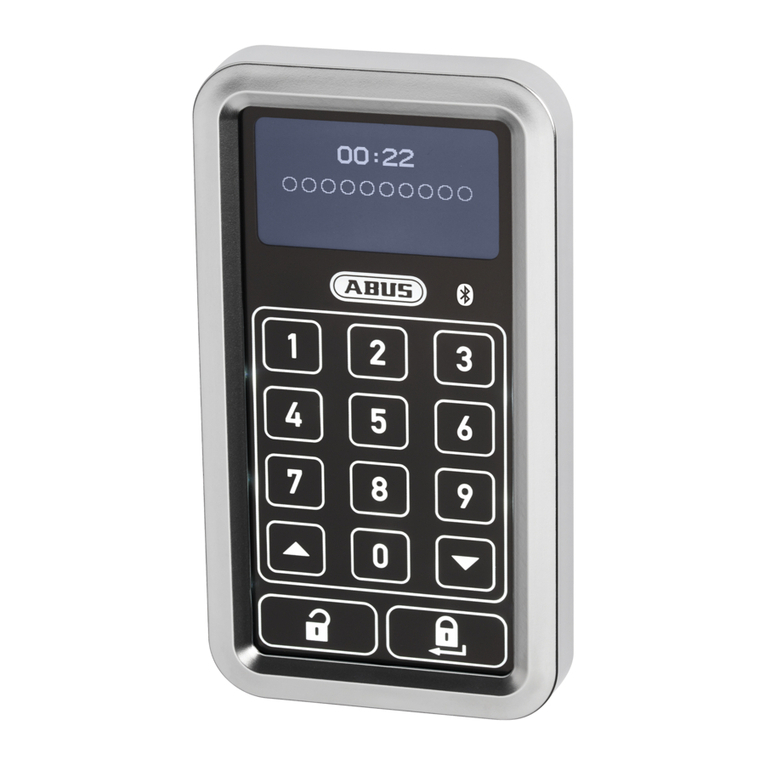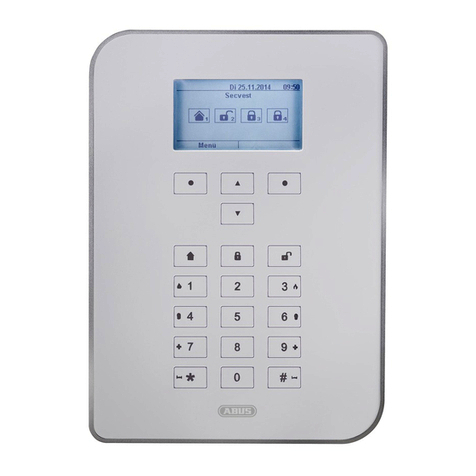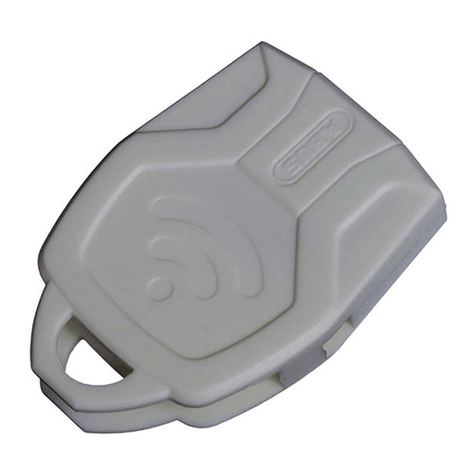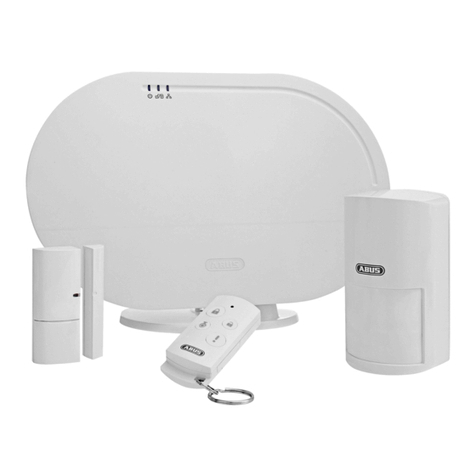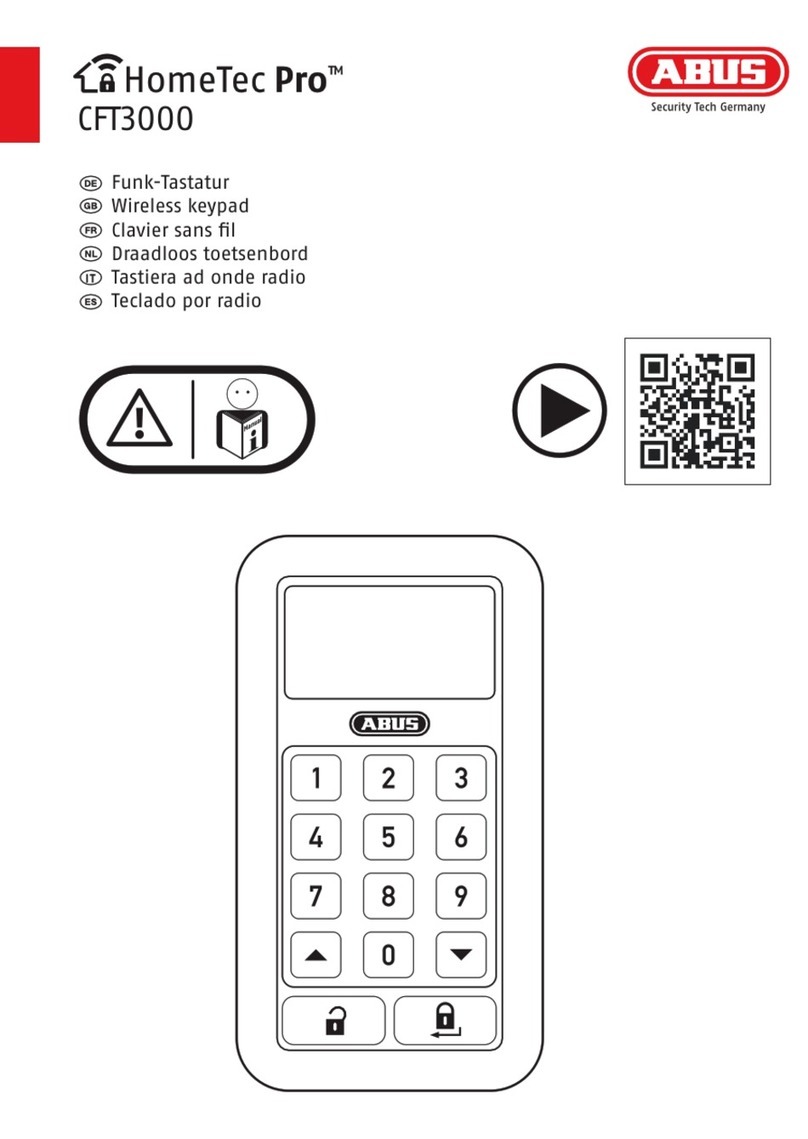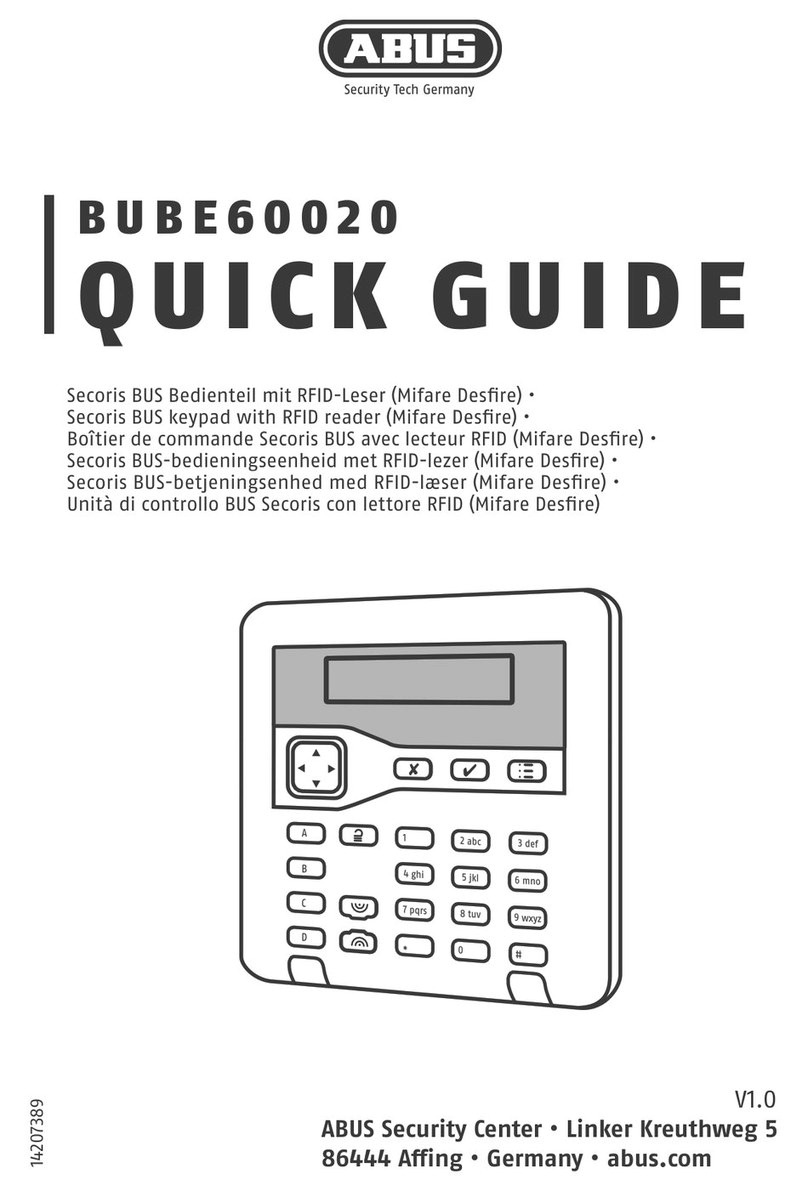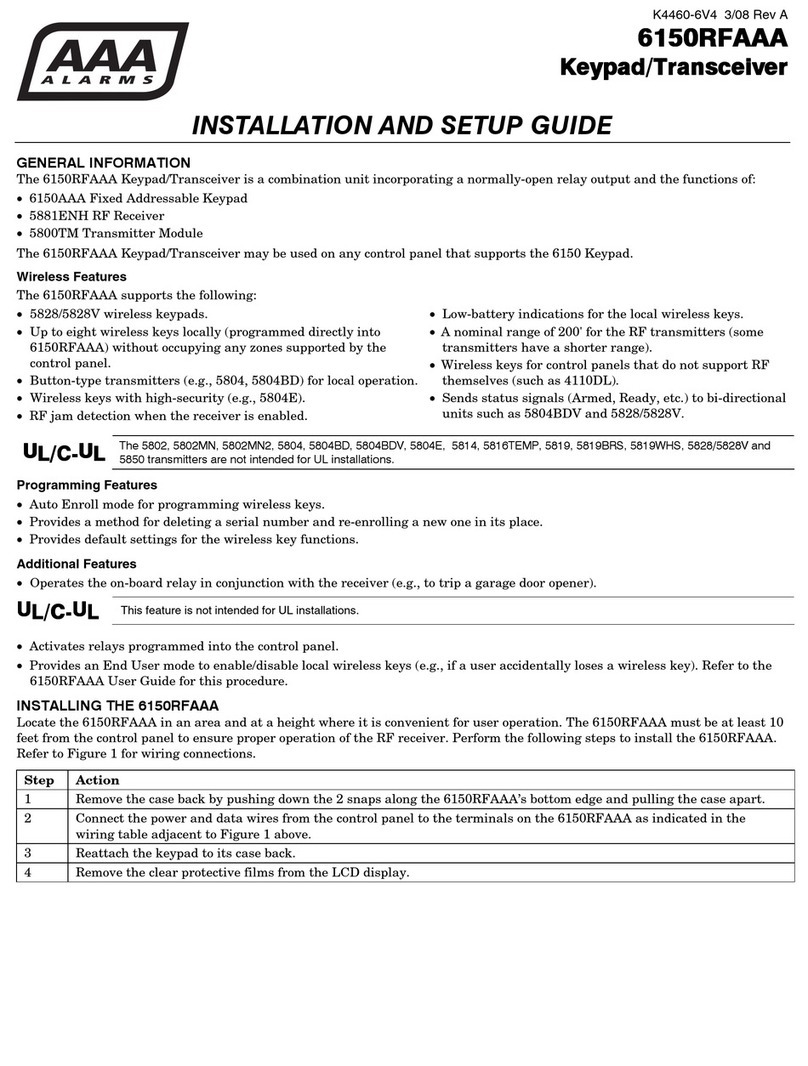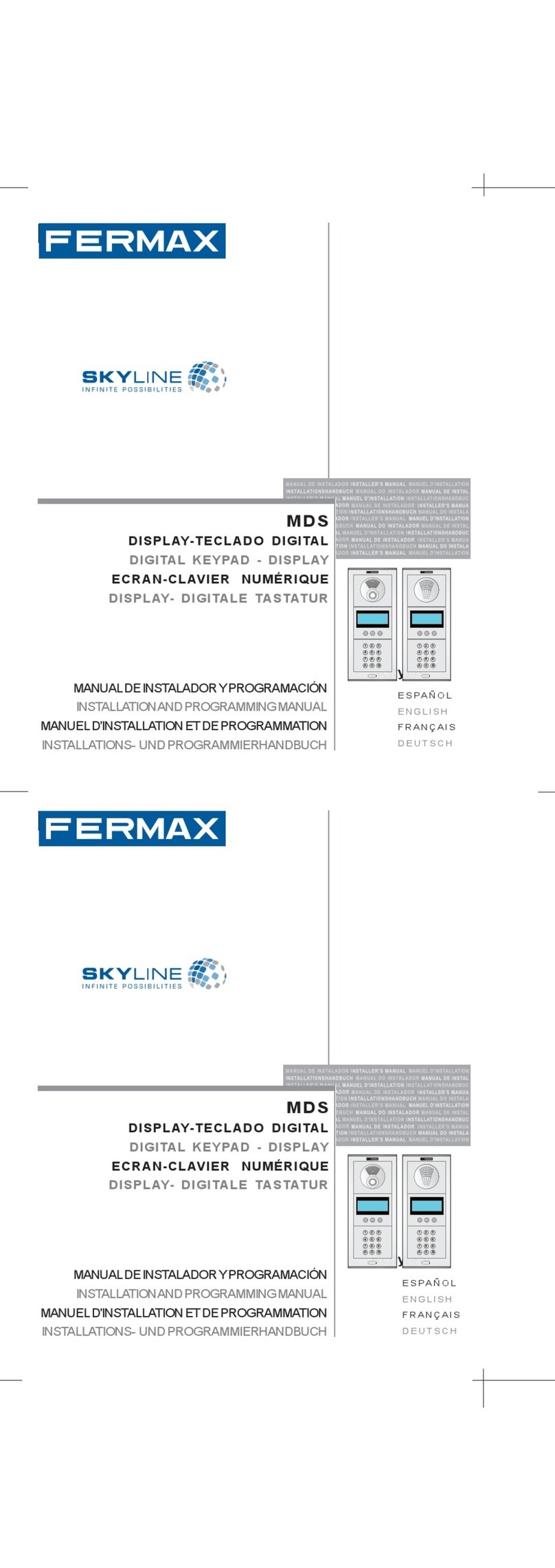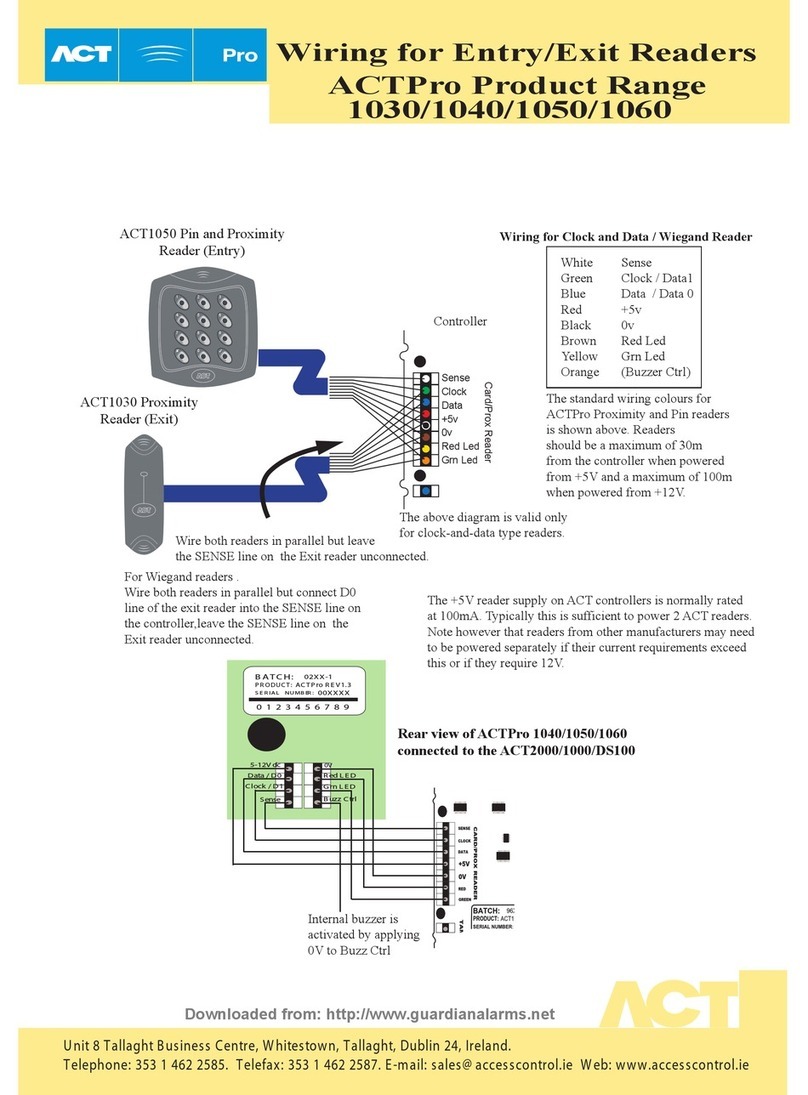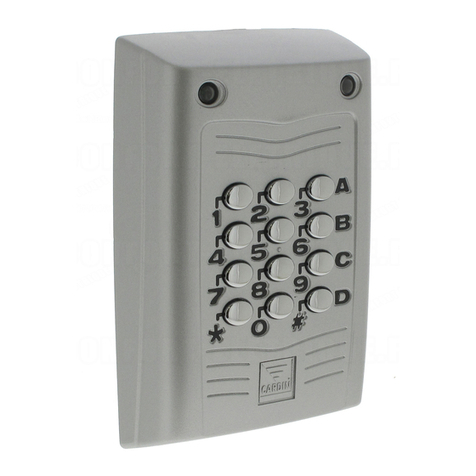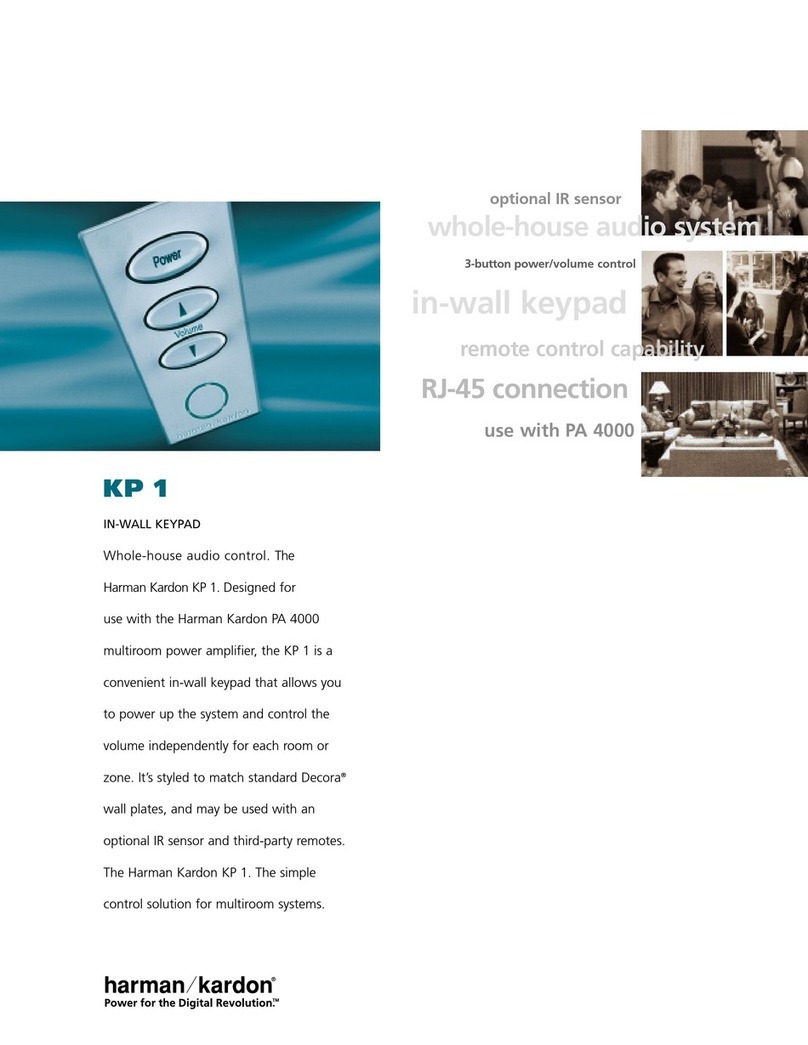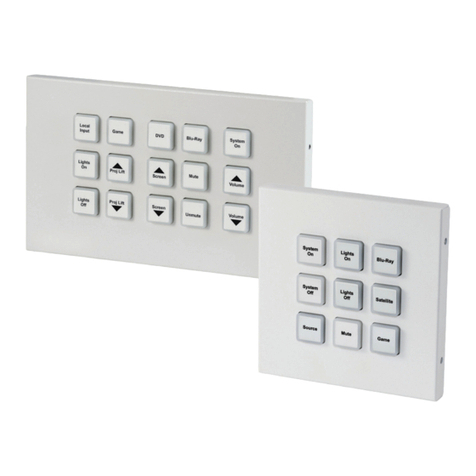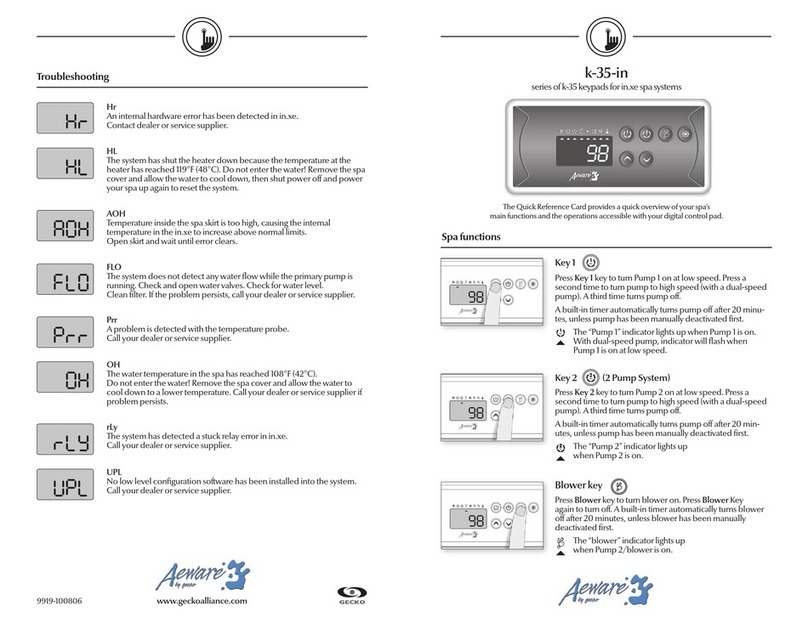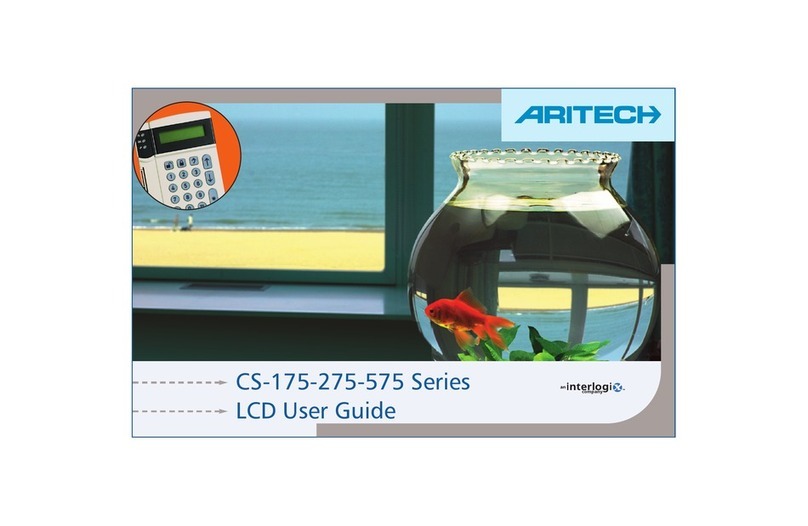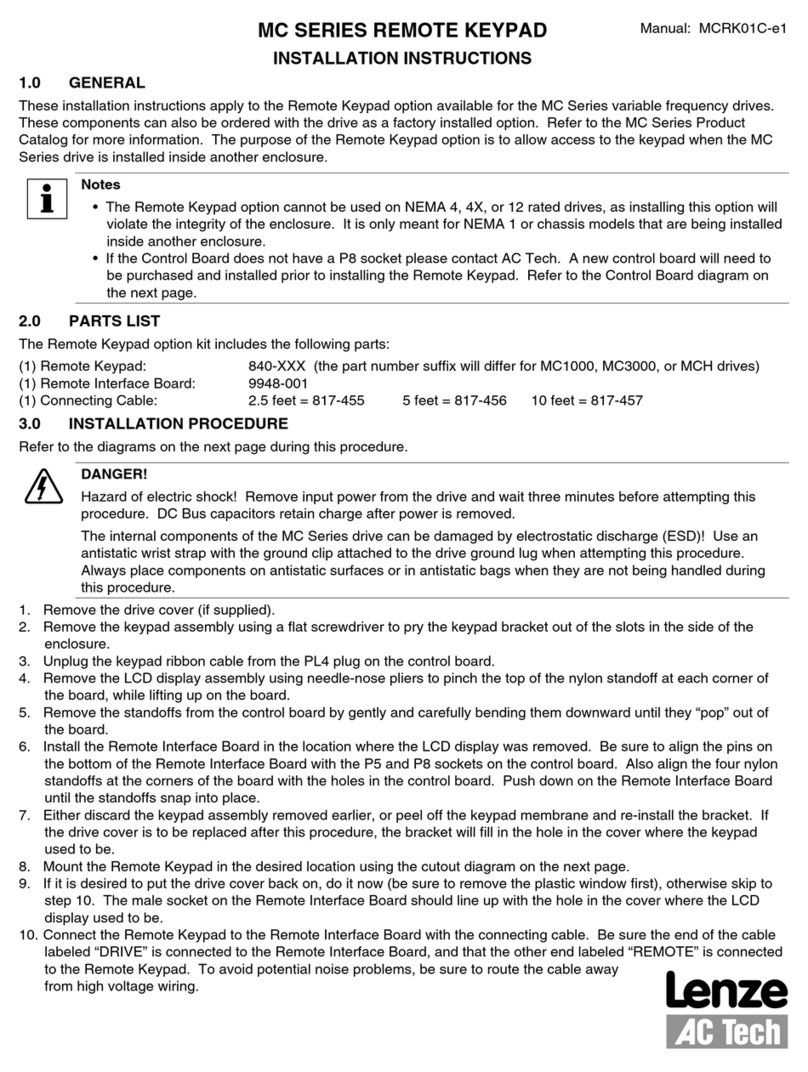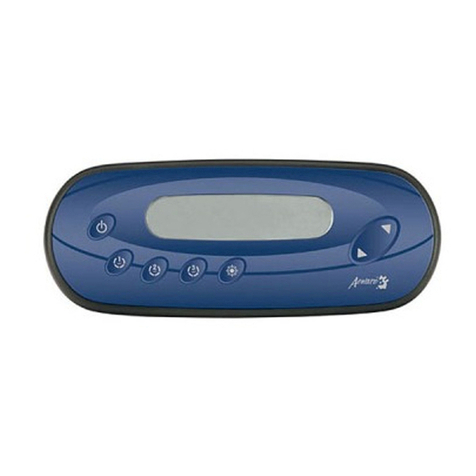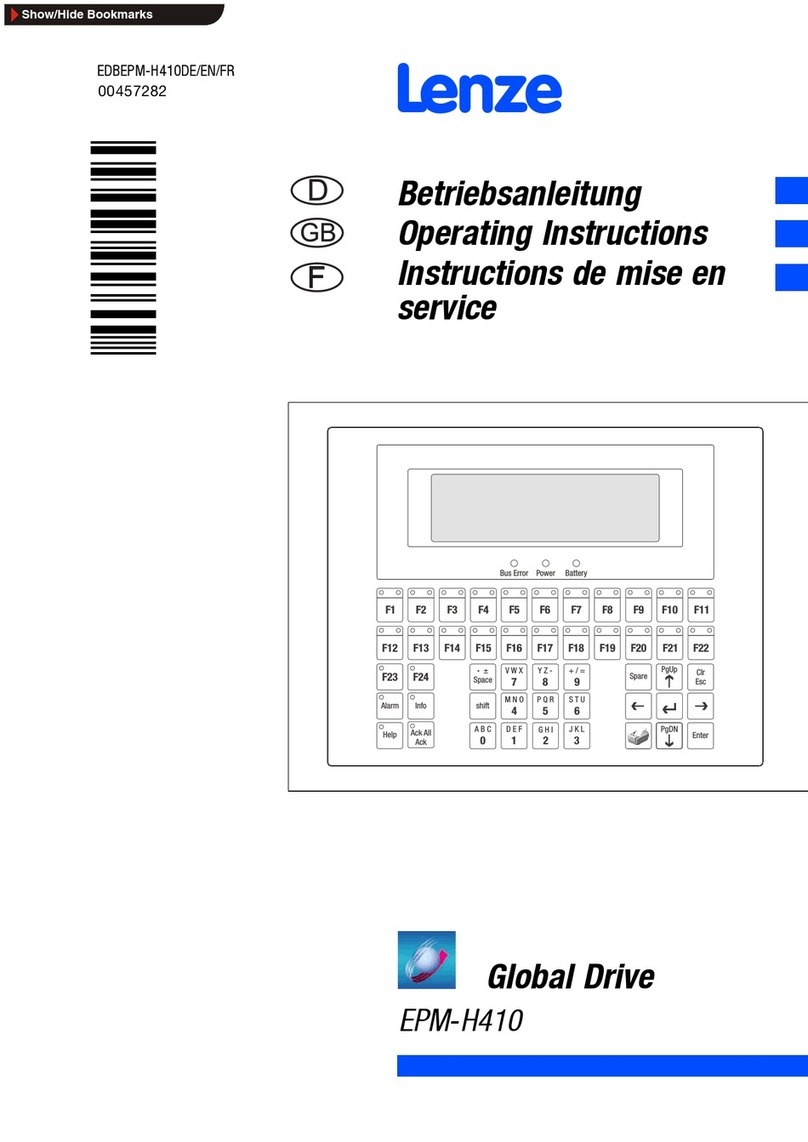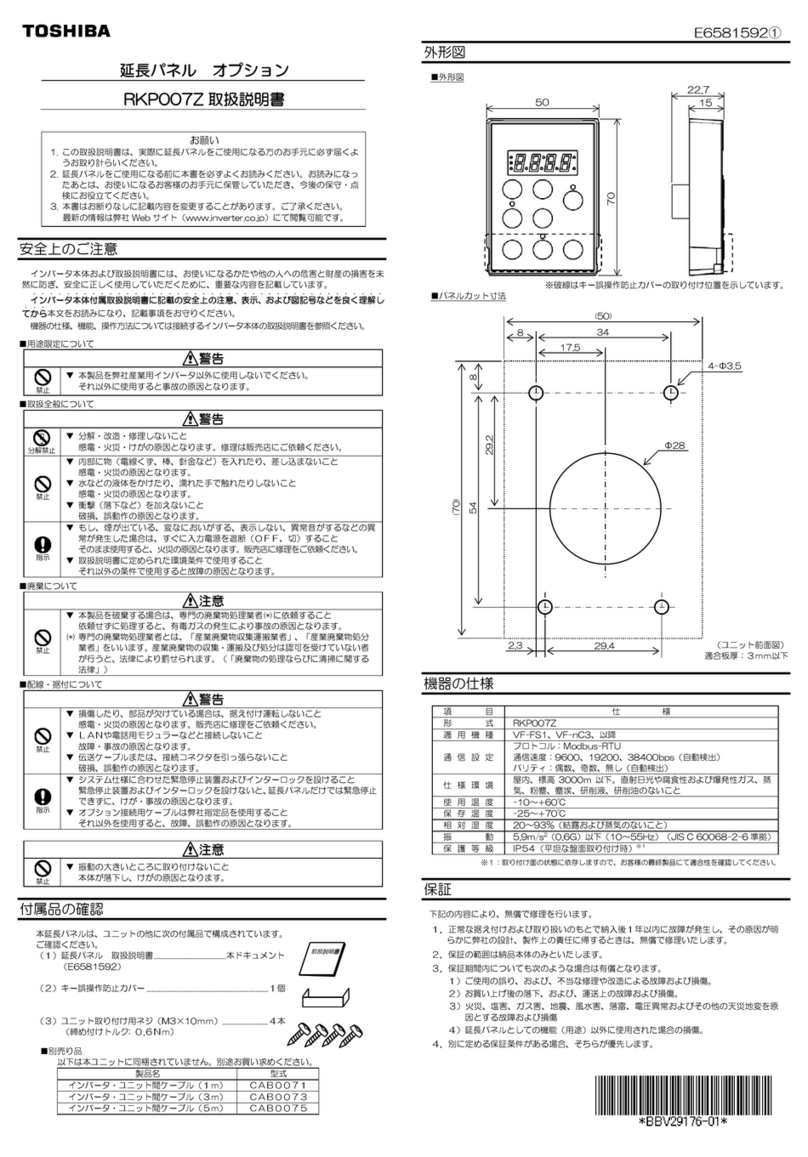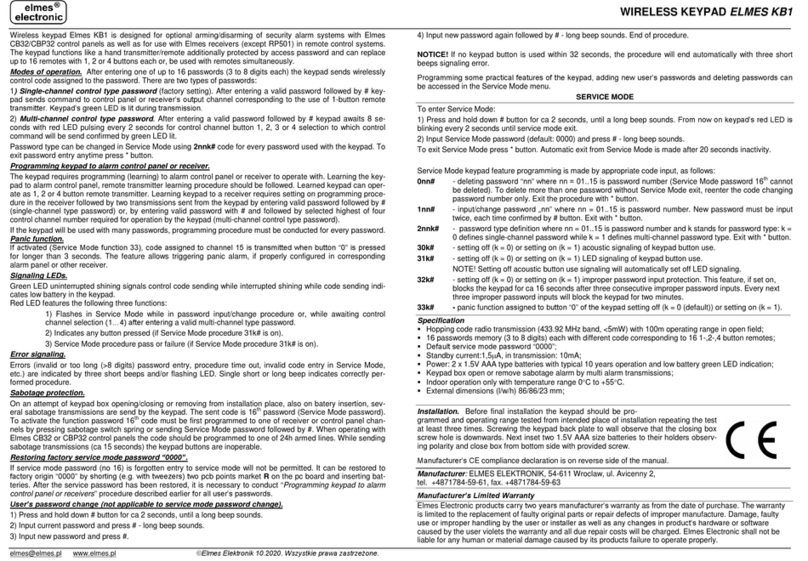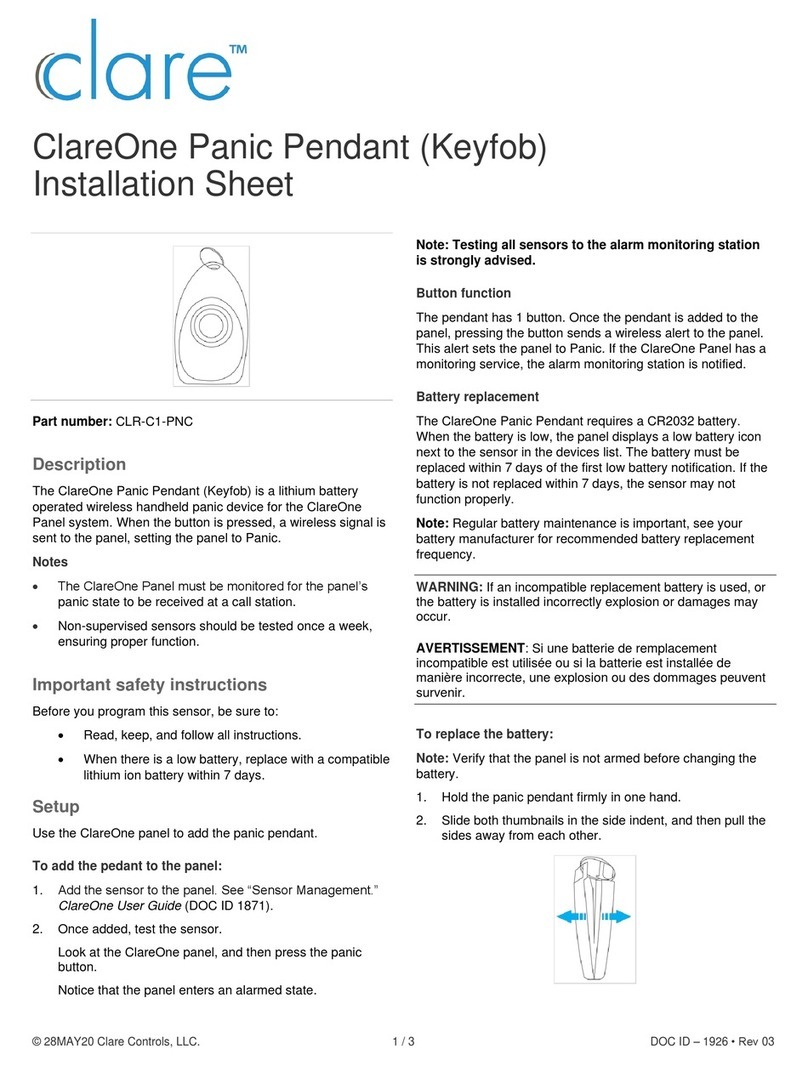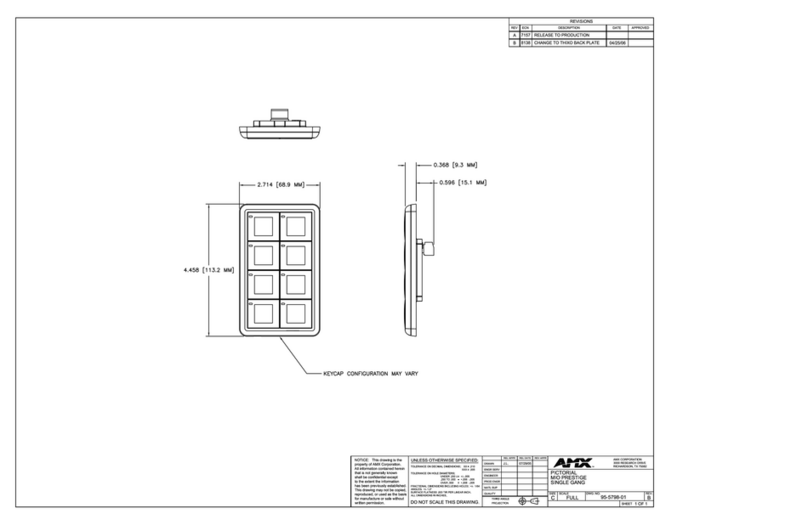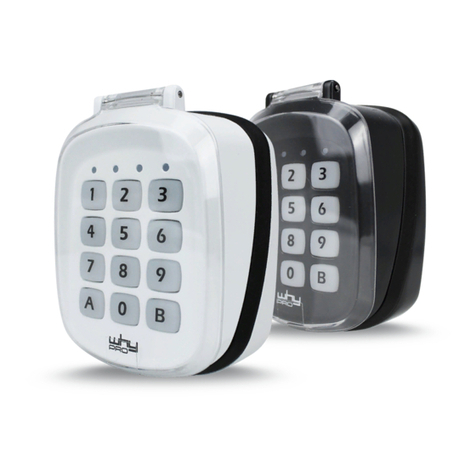Notes on handling batteries
Make sure that batteries are not in the hands of children. Children could put batteries in their
mouths and swallow them. This can cause serious damage to health. In this case, consult a
doctor immediately!
Normal batteries must not be charged, heated or thrown into an open fire (danger of
explosion!)
Do not expose the battery to a heat source or direct sunlight and do not store it in a place with
a very high temperature.
The battery must not come into contact with water.
The battery must not be disassembled, punctured or damaged.
The battery contacts must not be short-circuited.
Replace weakening batteries in good time.
Always replace all batteries at the same time and use batteries of the same type. Ideally, use
batteries of the same manufacturer as those from the original scope of delivery, as the device
has been intensively tested with these batteries and thus ensures optimal function.
Leaking or damaged batteries can cause burns if they come into contact with the skin. In this
case use suitable protective gloves. Clean the battery compartment with a dry cloth.
Cleaning
Dusty equipment must be cleaned. Dust deposits in the air slots can be sucked off or blown
out. If necessary, the dust can be removed with a brush.
The surface can be cleaned with a cloth slightly moistened with soapy water. Use only suitable
microfibre cloths for high-gloss surfaces.
Make sure that no water gets inside the device!
Do not put the appliance in the dishwasher!
Do not use any sharp, pointed, abrasive, caustic cleaning agents or hard brushes!
Do not use chemicals!
Do not clean the device with easily flammable liquids!
Notes on the disposal of the device
Attention: The EU Directive 2012/19/EU regulates the proper return, treatment and
recycling of used electronic equipment. This symbol means that, in the interest of
environmental protection, the device must be disposed of at the end of its service life in
accordance with the applicable legal regulations and separately from household or
commercial waste. The old device can be disposed of at the appropriate official
collection points in your country. Observe local regulations when disposing of the
materials. For further details about the take-back (also for non-EU countries), please
contact your local administration. Separate collection and recycling helps to conserve natural resources
and ensures that all regulations for the protection of health and the environment are observed when
recycling the product.

